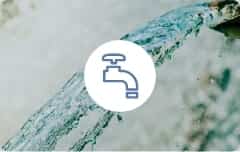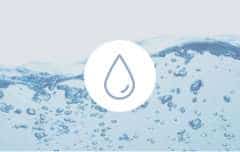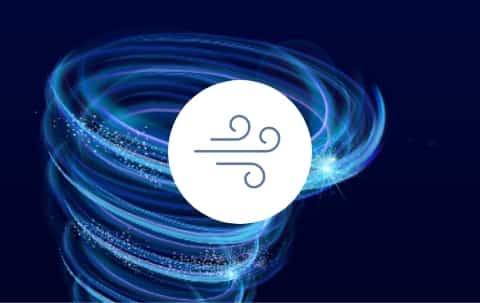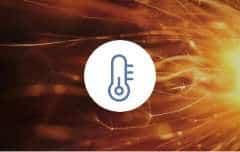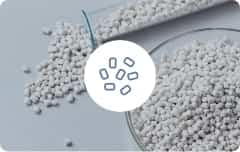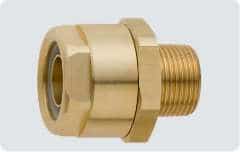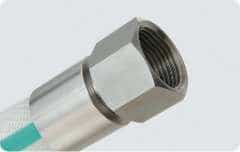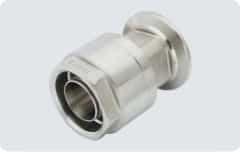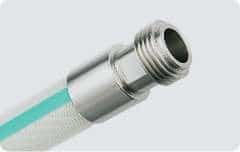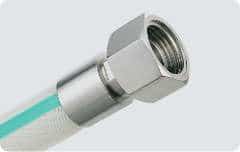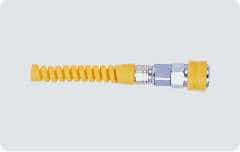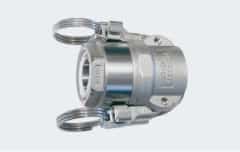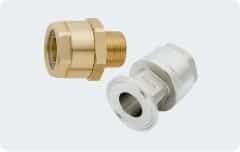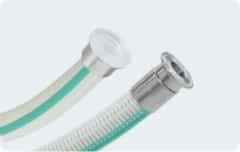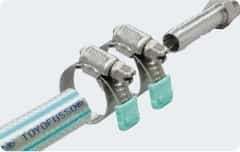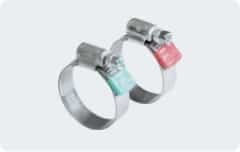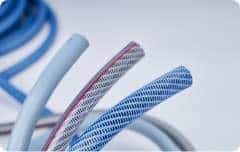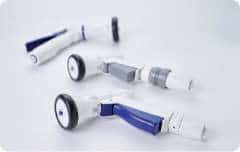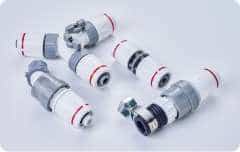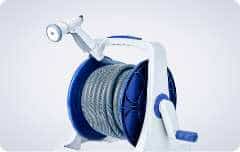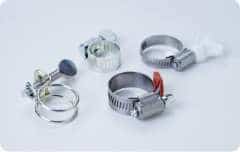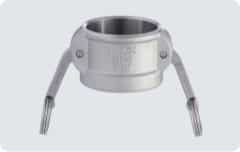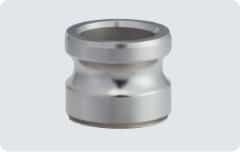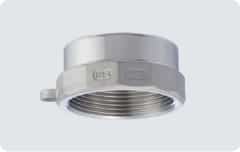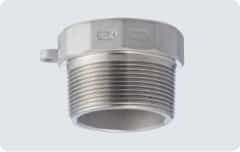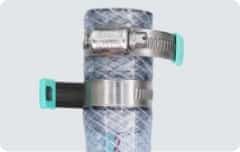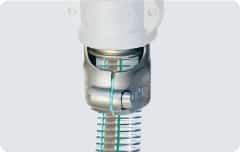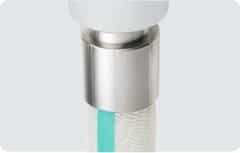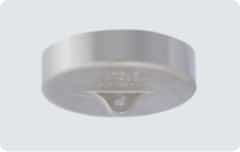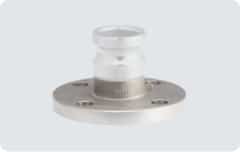Search by application
Search by method of connection with device
Select by device/piping connection type
-
Search Products
-
Industrial Hoses
-
Search by application
-
Search by usage conditions
-
Select from chemical resistance information
-
Search by model
-
-
Industrial Couplings
-
Search by method of connection with device
-
Search by method of connection with hose
-
Search by usage conditions
-
Select from compatible couplings for your hose
-
Select from chemical resistance information
-
-
KAMLOK
-
Search by product category
-
Select by device/piping connection type
-
Search by usage conditions
-
Select from chemical resistance information
-
-
Gardening/watering products
-
Simplified piping system
-
-
Support and Downloads
- Inquire Now
- Hose Adviser Pro
Phone:+81-765-52-3131
Search criteria
Product type
hose clamp
Search results
4matches
- Q Are the TOYOX hose bands compatible with RoHS2? Laws and regulations
-
A.
All hose bands are RoHS2 compatible. Certificates are available if necessary.
Necessary survey reports can be downloaded by registering as a member. Feel free to use them as needed.
- Q Do you separately sell safety caps for safety bands? Can it be attached to the band edge of other companies’ hose bands? Part
-
A.
Safety caps for safety bands are not sold separately. In addition, you cannot attach a safety cap to the tip of another manufacturer’s hose band. In addition, do not use the product once the safety cap has been removed.
- Q What is the maximum tightening torque in the safety band specification table? Is there data on the optimal torque when tightening the hose? Specification
-
A.
The maximum tightening torque in the band specification table is guaranteed by the manufacturer. Exceeding it may cause damage or the band tightening function to deteriorate. There is no proper torque value. There are many hose hardnesses, wall thicknesses and coupling types. Setting up is difficult as it depends on which part of the barb to be attached. To solve such issues, we offer special couplings for tightening cap nuts called TOYOCONNECTOR that do not require torque management.
- Q When attaching a hose to a nipple with a clamp, where should the clamp be placed? How to use
-
A.
To securely connect the parts, fasten the clamp in the middle of the peak of the barb, above the depression. Do not fasten it immediately below the hexagonal area of the nipple. We recommend using two clamps if the hose size is greater than 1″ (25mm).
We provide a wide range of support from selecting ideal products for specific usage conditions to downloading certificates regarding laws and regulations, as well as downloading of materials such as catalogs.
You can download useful materials that address issues such as “leaks and disconnections”, “energy-saving measures”, and “odor and coloration.”
We use videos to introduce the benefits of using products and how to install them, which may be difficult to understand just using text and illustrations.
We have compiled frequently asked questions from customers in the “FAQ” section.
To assist you in making selections, we provide common examples of improvements for hoses and couplings through industry-based case studies.

